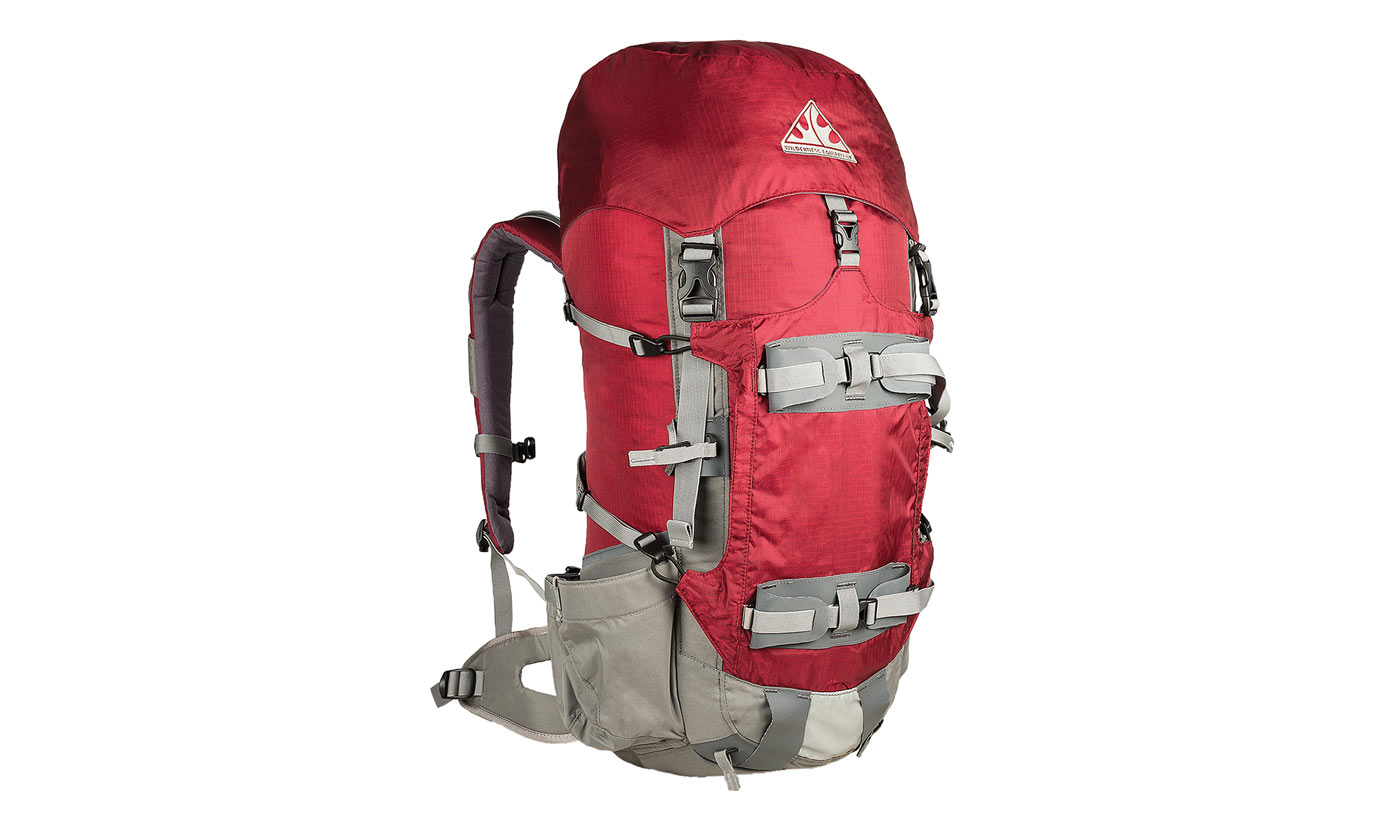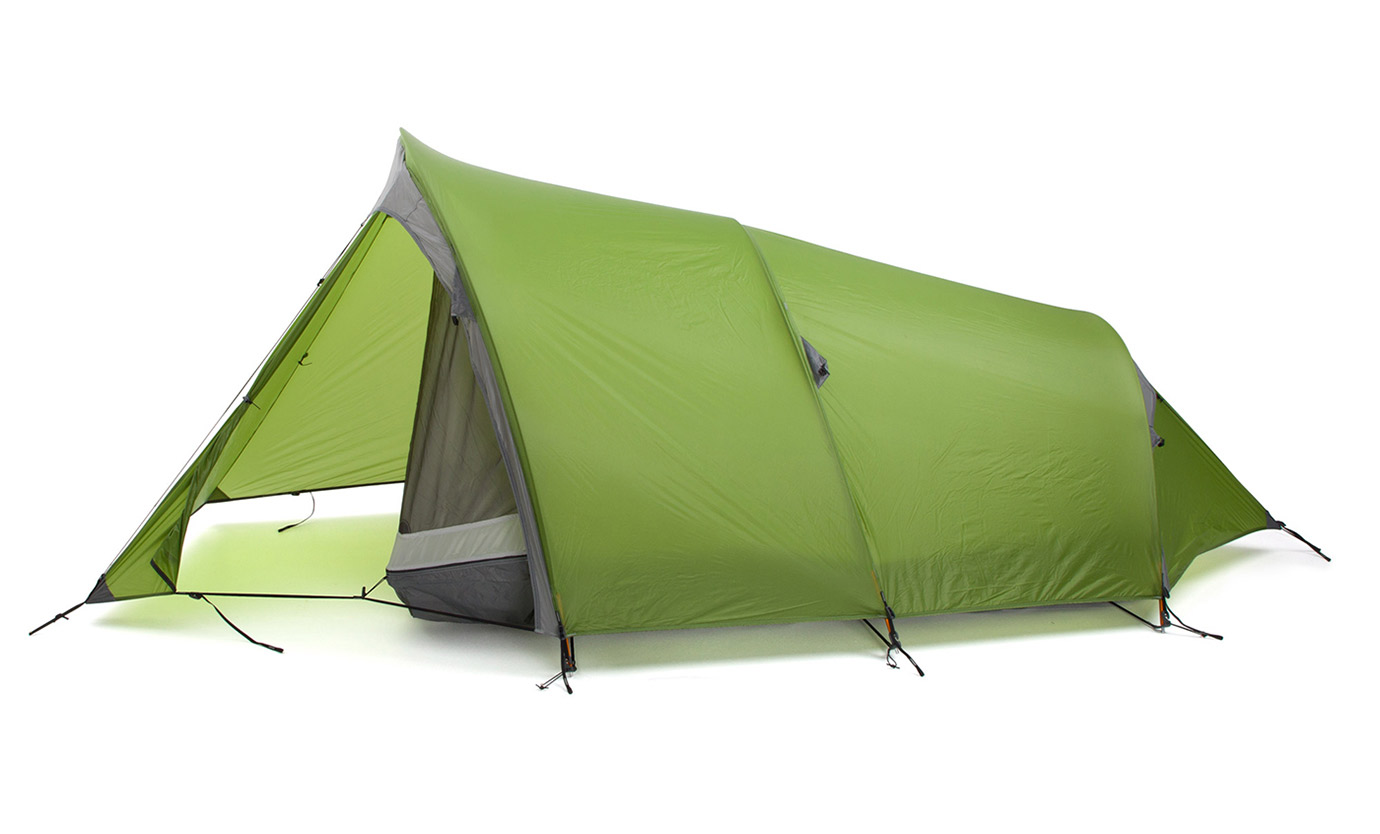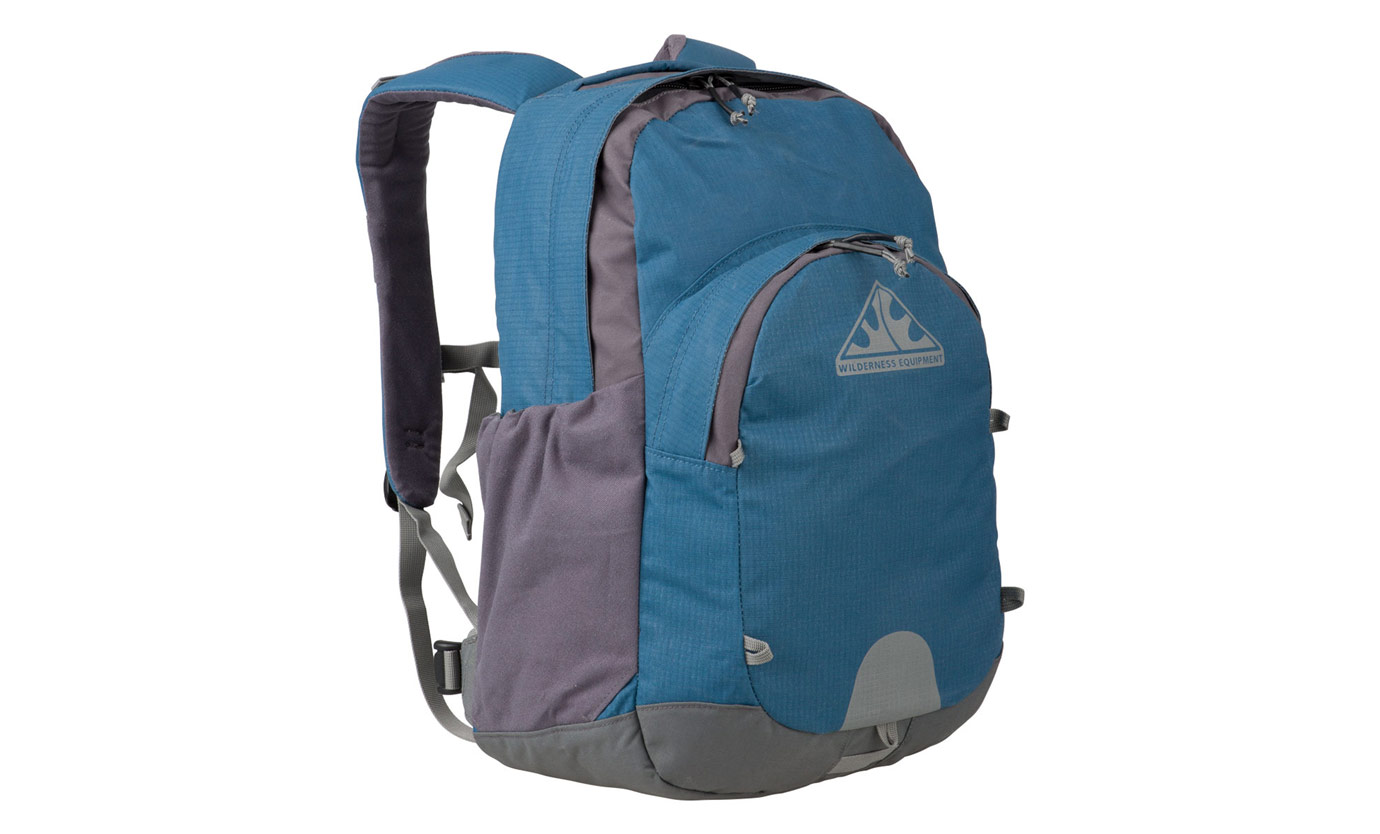- Discover
- Across The Mountains Of Corsic
Across the mountains of Corsica
-
The Grande Randonnee 20 is one of the great established walks in this world. It fits easily within a normal holiday break and for the scenery alone, it should be way up on your
The spectacular Grande Randonnee 20 defies easy description. This high-level walking route in the vast Parc Naturel Regional de Corse follows the backbone of mountainous Corsica. There is simply no Australian comparison, no point of reference. The Western Arthurs traverse in Tasmania is too short, the range too clothed in vegetation and it is too properly wilderness. In central Australia the Larapinta track is almost the same duration as the GR20, it is up-and-down and follows rocky ridges but in Corsica the vertical scale and difficulty are greatly magnified. The towering Laricio pines and the frequent bergeries,with their wandering stock, are very much a feature of the Corsican mountains. When you look far out off-route what you see are the waters of the Mediterranean, not desert. I think also about walking cross-country in the remote Kimberley, or on the Arnhem Land plateau. In those places you can certainly get a fair idea of what 3000 square kilometres of rock garden feels like, but then the job of smashing all that up and recasting it into an alpine setting between 1000 and 2700 metres elevation is a too great a leap for the imagination. You will just have to go there and see for yourself.
We started the GR20 at Calenzana, the northern entry and a short a taxi ride south of Calvi on the coast. We arrived from Marseille on an overnight ferry; from Nice it’s a day trip. We deliberately timed our arrival towards the end of August, hoping to avoid much of the summer crowd. A great many other people had exactly the same idea.
Looking up from Calvi’s waterfront cafes, through the tops of the yacht masts, a jagged, mountainous skyline dominates the scene. It was impossible to not feel some trepidation for what lay before us. We tried to trace the line of the GR20 up into the mountains but got lost amongst overlapping layers of haze and shafts of light streaking down from the cols. Starting in the north has the advantage that here are the highest parts of the route and, once through, we found ourselves continuing with confidence and a more relaxed outlook. Not that the rest was any easier.
Setting out early is good. The route does not start gently and, if you have arrived more or less directly from the office, the extra hours could come in handy. The day is a steep, rocky ascent out of Calenzana all the way up to Refuge d’Ortu di U Piobbu at 1570m - or 5,000 feet. The GR20 is served throughout by mountain refuges. Meals are available and if you haven’t booked a berth in the refuge most have overflow tent accommodation. Camping is only permitted at refuge sites and fees apply, payable in cash.
Not so many days into the GR20 and it was clear why this mountain walking route has the reputation as the most demanding in Europe. It took fully three days to lose all visual contact with Calvi. To make any progress through this deeply fractured landscape requires threading a zig-zag path along rocky ridges and over steep cols. The going can be slow and you are often looking back on yesterday. The overall length of the GR20 is 190km but, as the crow flies, it is just 100km from Calenzana to Conca in the south. The route involves 12.5km of accumulated ascent but it’s the 12.5km going down the other sides that does the damage. Everyone, young and old, uses poles.
At the end of day three we dropped down to Haut Asco. This is one of five places along the GR20 where a road means you have a choice of a comfortable hotel-bar-restaurant, over the usual refuge and camping facilities. We stayed two nights in comfort and between took what would be quite misleadingly described as a day off to climb Monte Cinto.
The day after Haut Asco lays claim to the minds of GR20 walkers like no other day. A gentle ascent up a picturesque valley, for us comfortably reminiscent of the Pyrenees, ends abruptly at Col Perdu. This is a place where walkers pause, eat lunch early, take a ridiculous number of photos, and do anything but continue on. For here the route falls hundreds of metres down a rock abyss into the Cirque de la Solitude only to scramble immediately up the other side to an even higher col. It’s all there in full view. Fixed chains serve as security on the steep rock and, as is usual with these things, once we had dropped over the lip and were underway we were soon enjoying the challenge.
Every day is spectacular, the afternoon cloud formations lessons in thermodynamics. Day nine on the GR20 saw us on the 2389 metre summit of Monte D’Oru and then plunging steeply down to 920 metres, Vizzavona and the end of the northern part of the route. The southern section, following Paddy Dillon’s Cicerone guidebook, is another seven days and no less spectacular. The Aiguilles de Bavella area is simply stunning. This guide also describes many high and low-level variants along the whole route. There are many possibilities and a lot of the people we met come back year after year.
Corsica is rich in history, the cuisine and local wines excellent. If you go for the GR20 alone you will miss most of this. Plan for some extra days - you should anyway, in case of mishap or unexpectedly poor weather.
Gear: Tough, comfortable boots with proven grip on rock are essential. You will not be carrying a heavy pack but all the descents are rock-strewn. Your boots should provide support and give you confidence on unstable ground. Fit new cushioning foot beds and buy three pairs of the best quality socks. You won’t need gaiters in summer and long pants are only of value in the evenings, for which I also carry a neat, long-sleeve cotton shirt. Your clothing should be summer-rated but ready for a cool change. For a mid-layer I can’t go past the zipless simplicity of a pullover, 200-weight fleece or equivalent, also good as a pillow. I like to walk in a lightweight wool zip-polo and shorts with useful, low pockets. Dunk the wool in a stream and it will keep you cool well into a long climb. Choose the lightest, most compact rain shell you can and don’t bother with over pants. Super-light sandals are ideal for off-track, by which I mean in the hotels. I regretted not having them. As far as equipment goes we used our WE lightweight stuff: Razor packs and the Space 2 tent, mesh inner option. Perfect. Then you need only a light sleeping bag and the latest compact thermal air mat. You won’t need a stove but, with a few long hops between reliable sources, you should have capacity for two litres of water.


